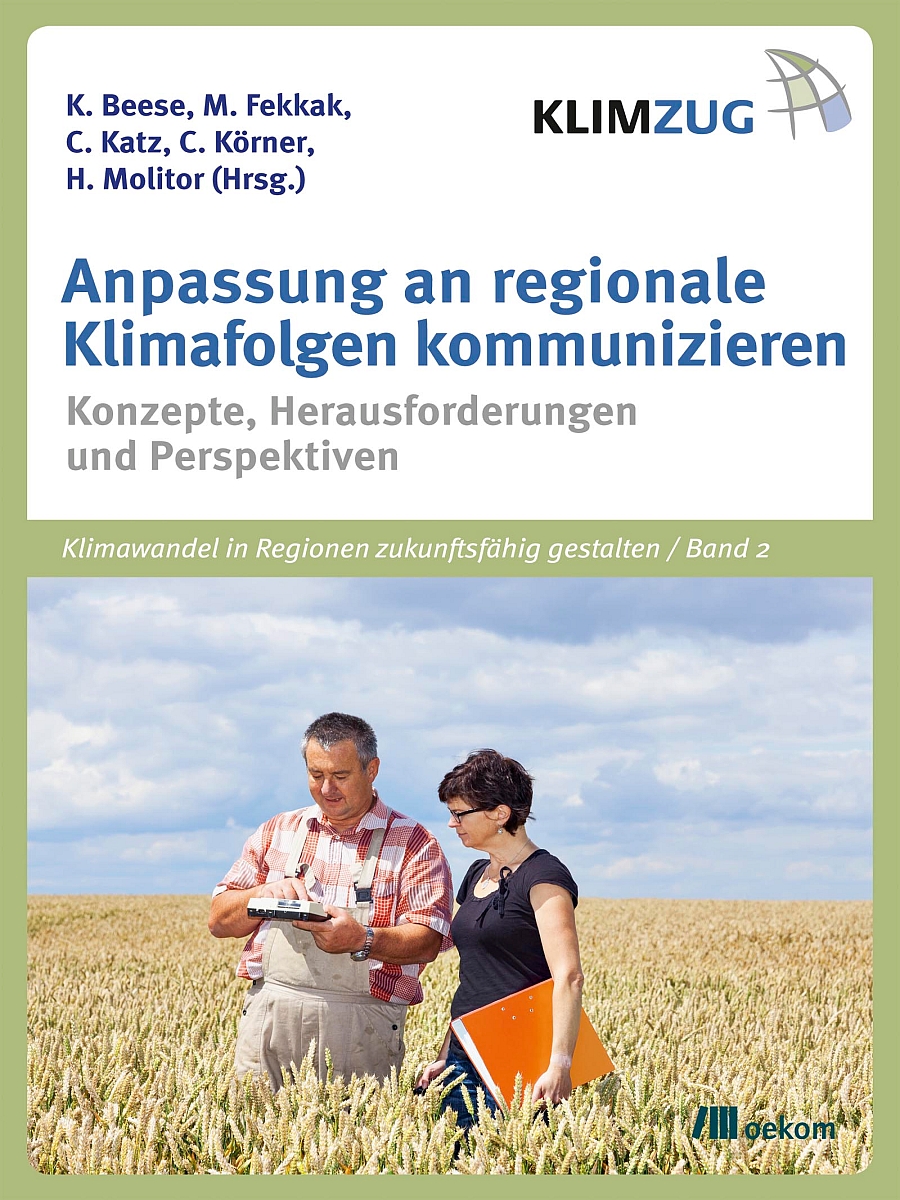Socio-Cultural Aspects in the RISC-KIT Project and the Example of the Kiel Fjord
- Presentation
- Date
-
- Location
- Bremen, Germany
- Speech
At the European Maritime Day in Bremen (EMD) on 20 May Dr. Grit Martinez, Senior Fellow at Ecologic Institute presented the first results of a multidisciplinary research endeavor on socio-cultural aspects regarding resilience, preparedness and action to risks at European coast. The research is part of the EU FP7 Collaborative project RISC-KIT (Resilience-Increasing Strategies for Coasts-Toolkit, duration 2013-2017).
The innovative approach investigates in regional particularities of history, political and legal traditions, socio-economic patterns, structures of governance and concepts of justice and provides empirical evidence on the cultural differences in risk assessment and management in coastal regions in North-Western, Southern and Eastern Europe.
The event was entitled Coasts and Ports at threat and underlined the importance of interdisciplinary science regarding the reduction of coastal risk. FP7 projects RISC-KIT and PEARL were introduced and demonstrating how scientific implementation can be coupled with real life examples from Kiel, Hamburg and Bremen coastal and port areas.
Research Approach in RISC-KIT
For the RISK-KIT project Dr. Martinez presented the multidisciplinary empirical research on socio-cultural and socio-economic prerequisites of risk prevention, mitigation and preparedness. The research process which started in December 2013 consists of researchers of the humanities, the social sciences and the natural sciences affiliated with different Universities in Europe and the U.S. Drawing on the outcomes of more than 150 qualitative interviews with local decision makers, residents and scientist in eleven coastal case study sites in Europe and beyond, as well as an extensive review of secondary literature, Dr. Martinez demonstrated that most flood related disasters, although commonly referred to as natural disasters, are not in fact the results of nature-related processes alone. They are to an ever increasing extent directly attributable to various social-cultural, historical, economic and political issues.
Marina of Kiel as a Case Study
Using the example of Germany, the presentation illustrated how the 'Cradle-to-grave' welfare system - implemented by Bismarck at the late 19th century in the newly united German kingdom - helped to shape German public perception and political activities of risk management. Staying close to this historical detail, it was under Bismarck's presidency that enormous financial support was given to communities to rebuild dykes and install preparedness measures after the most devastating flood Germany had experienced at its Baltic Sea shores in November 1872. Blended with a couple of other important historical and economic factors, soon risk management in the German coastal Laender was considered as societal problem. To date the people in coastal communities are generally aware of the risk of flooding and the trust in national, regional and local political decision making is rather high. Not surprisingly this does not automatically lead to a strong motivation and empowerment towards an increase of local resilience and preparedness measures by local stakeholders as the presentation illustrated for the test study Kiel marina.
Key messages
The key messages of the presentation are presented below.
- Risk perception and management is not universal but rather located in a socio-cultural matrix and embedded in institutions leading to competing priorities in the management of risks.
- Climate change mitigation and adaptation policies are unlikely to succeed without a close understanding of the regional socio-cultural contexts in which they are to be implemented.
- Technical solutions for risk minimization and preparedness will not be effective without considering the socio-cultural context.
- The current cost-benefit framework falls short in addressing aspects, such as ethics and culture.
- A holistic view of risk should aim to develop cross-sectoral multipurpose measures that can reduce the root causes of and enable more socially just and sustainable flood resilience and adaptation.




